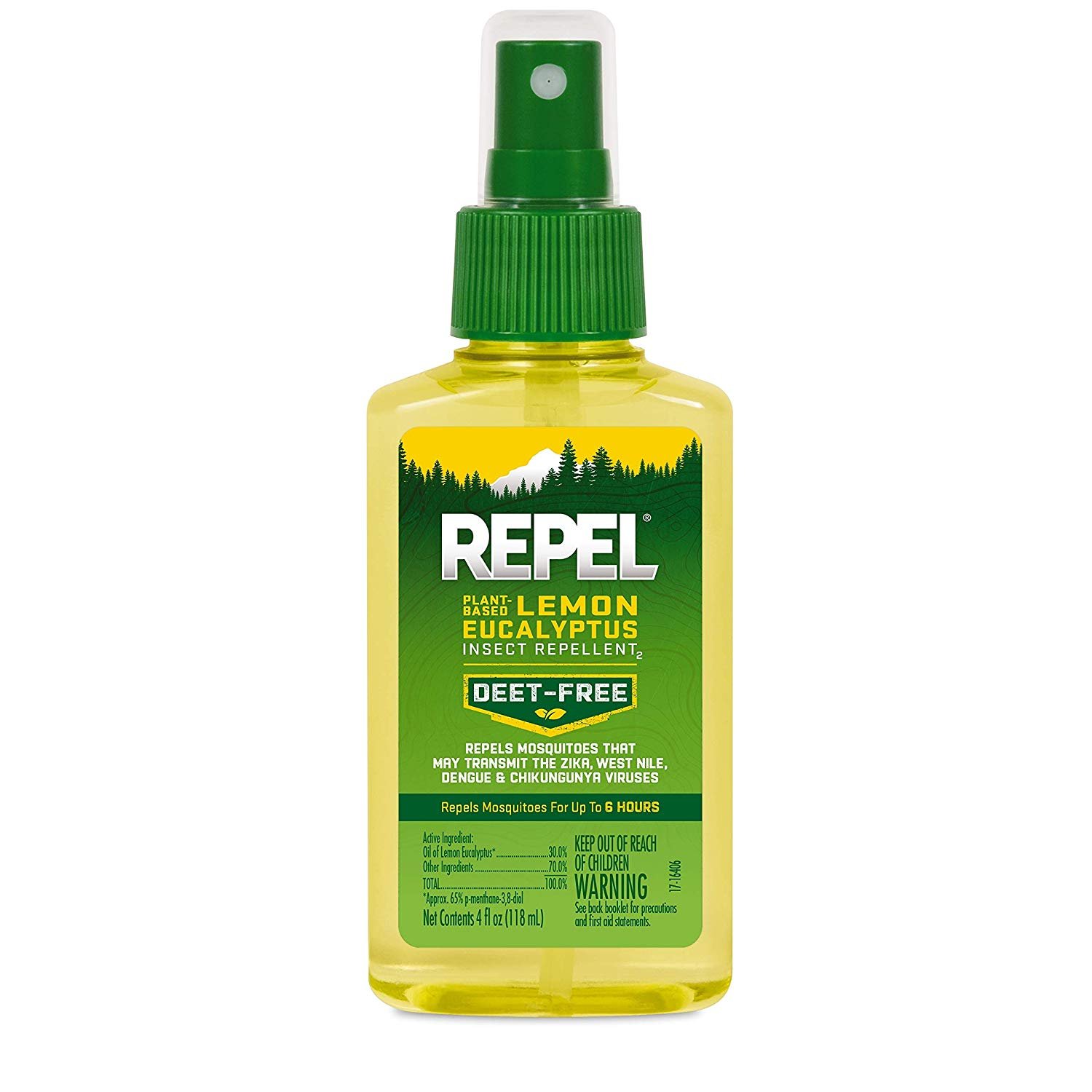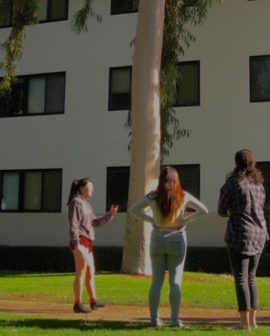University of Redlands Emergency Alert System
Alert Received: . For more information, visit: https://www.redlands.edu/alert/
University of Redlands
- Home
- Trees
- Species Accounts
- Lemon-scented Gum
Common Name: Lemon-scented Gum
Scientific Name: Corymbia citriodora
Family: Myrtaceae
Identification:
Habit: Lemon-scented gum can grow up to 160 feet (50 m) tall and 100 feet (30 m) wide, growing at a rate of 36 inches (0.9 m) or more per year. It stands erect and spreading and generally grows into a vertically oval shape.
https://upload.wikimedia.org/wikipedia/commons/a/ae/Corymbia_citriodora.jpg
Leaves: The evergreen leaves of this tree are lance shaped, meaning they are long and narrow, but wider in the middle. They are light green in color and do not change shape or appearance throughout the tree’s lifespan. Leaves smell strongly of lemons especially when crushed.
https://c1.staticflickr.com/8/7200/6897378921_e76100b219_b.jpg
Twigs & Bark: The trunks and large branches have smooth, powdery bark that often sheds in curling flakes from later summer to fall. The bark is typically pale, uniform or mottled in color and can turn white to coppery in the summertime. The twigs of the plant are slightly flattened and light green or brown in color.
Flowers & Fruits: The flowers are small and white with many thin stamens fanning out to form a circular shape. They flower in sets of threes in mid to late winter. The flowers are not very noticeable because they are small and high above ground. The fruits are small and brown or yellow in color and are urn-shaped with a hole at the top of the fruit.
https://www.anbg.gov.au/cpbr/cd-keys/euclid3/euclidsample/images/citriodora5.jpg
Where it’s from:
Native range: Lemon-scented gum is native to northeast temperate and tropical forests of Australia, but can grow well in warm, humid areas with average temperature ranges of 86-90° F(30-32° C). Here, it is usually found growing in heavier soils but can also survive in a range of lighter loamy soils, gravelly soils, sandy soils and clay soils but does best in bog gardens with dappled sunlight. The plant prefers elevations of 260-2600 feet (80-800 m) and is able to survive a severe dry season, much like the climate in Redlands.
Ecological notes: Situated in its native range in Australia, the tree remains generally free of diseases and pests. However once introduced outside of its natural habitat, the plant is known to be susceptible to termite invasions along with various diseases and pathogenic fungi such as leaf spot, rust, stem canker, root rot, and pink disease. Most of these problems stem from high rainfall and high humidity conditions which fall short of the tree’s optimal growing conditions.
The tree has been globally introduced and popularized as an ornamental tree. The species can be potentially invasive by releasing allelopathic chemicals and inhibiting germination and establishment of native plants. It also has an unusually slow decomposition rate which contributes to the issue.
What we use it for:
Lemon-scented gum’s tall height makes it a popular and unique vertical accent for many gardeners and landscape architects. Most famously, the tree’s trademark lemon-scented leaves are used widely for their essential oils. The oil is extracted from the leaves through steam distillation and is used for treatments for asthma, cold, cough, arthritis, hypertension, shingles, migraine pain, rheumatism, wounds, inflammation, bacterial and fungal infections, and insect repellent. Its insect-repellent properties are the only trait listed that is backed up by scientific research. The CDC (Centers for Disease Control and Prevention) lists the oil of the lemon-scented gum as an EPA (Environmental Protection Agency) registered insect repellent, especially against mosquitoes to prevent the West Nile virus. The oil is also a common fragrance ingredient in soaps, aromatic candles, lotions, and shampoos.
References
Biographer: Elaine Liu ‘21, FYS 20: Plants in Our World, Fall 2017